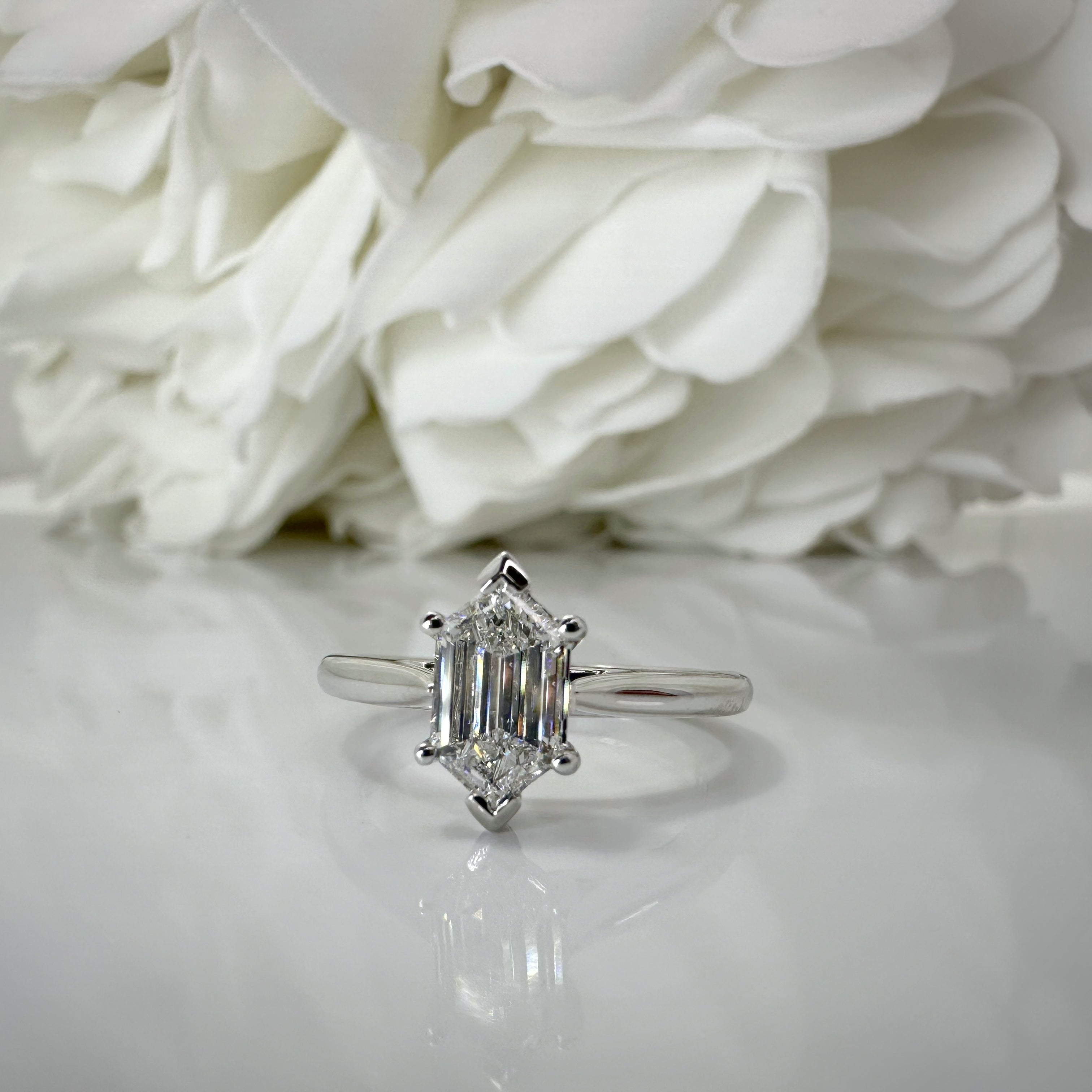
Diamonds have long captured our fascination and admiration with their brilliance and rarity. Traditionally, hpht vs cvd diamonds are formed deep within the Earth’s mantle over millions of years under intense pressure and heat. However, technological advancements in recent decades have allowed for the creation of diamonds through two distinct processes: High Pressure High Temperature (HPHT) and Chemical Vapor Deposition (CVD). These lab-grown diamonds are becoming increasingly popular in the jewelry market, offering consumers more choices and raising intriguing questions about how they compare to natural diamonds.
High Pressure High Temperature (HPHT) Diamonds:
HPHT diamonds are created by mimicking the natural conditions in which diamonds form beneath the Earth’s crust. The process involves placing a small diamond seed in carbon and subjecting it to extreme pressure (5-6 GPa) and high temperature (1200-1600°C) in a press machine. This environment encourages carbon atoms to bond together, gradually forming a larger diamond crystal around the seed.
One of the key characteristics of HPHT diamonds is their ability to inherit the color of the original diamond seed, which can include a range of natural diamond colors. These diamonds often exhibit high clarity and a crystalline structure similar to natural diamonds, making them desirable for use in jewelry and industrial applications.
Chemical Vapor Deposition (CVD) Diamonds:
CVD diamonds are created using a different method that involves placing a thin slice of diamond seed (or substrate) in a chamber filled with carbon-rich gases, such as methane and hydrogen. By introducing a high-energy source like microwaves or lasers, these gases are ionized and the carbon atoms are deposited onto the seed, gradually building up a diamond layer atom by atom.
Unlike HPHT diamonds, CVD diamonds can be grown in larger sizes and are known for their exceptional purity and lack of nitrogen impurities. They often have a high degree of transparency and can be produced with controlled colors, including fancy colors like yellow, blue, or pink. CVD diamonds are favored for their potential in cutting-edge technologies such as optics, electronics, and scientific research.
Comparison and Considerations:
Cost and Availability: HPHT diamonds tend to be slightly more expensive than CVD diamonds due to the energy-intensive nature of the process and the smaller production scale. CVD diamonds, on the other hand, are more cost-effective to produce in larger quantities.
Quality and Characteristics: HPHT diamonds often have a more pronounced crystalline structure and can inherit the characteristics of the original diamond seed, including color. CVD diamonds are celebrated for their exceptional purity and the ability to control color and clarity with precision.
Applications: Both types of lab-grown diamonds are used in jewelry, but CVD diamonds are particularly valued in industries that require high-quality, large-sized diamonds with specific properties, such as cutting tools, optics for lasers, and scientific research applications.
Ethical Considerations: Lab-grown diamonds, whether HPHT or CVD, are generally considered more ethical alternatives to natural diamonds as they do not involve mining practices that can have environmental and social implications.
Conclusion:
In the debate between HPHT vs CVD diamonds, both technologies offer impressive alternatives to natural diamonds, each with unique characteristics and advantages. HPHT lab diamonds are prized for their resemblance to natural diamonds and their ability to replicate colors, while CVD diamonds excel in purity, size versatility, and controlled properties. As technology continues to advance, both types of lab-grown diamonds are likely to play increasingly important roles in various industries, offering consumers a wider range of choices that cater to both aesthetic preferences and functional requirements. Whether you choose an HPHT or CVD diamond, you can enjoy the beauty and brilliance of a gemstone created through human ingenuity and scientific innovation.







